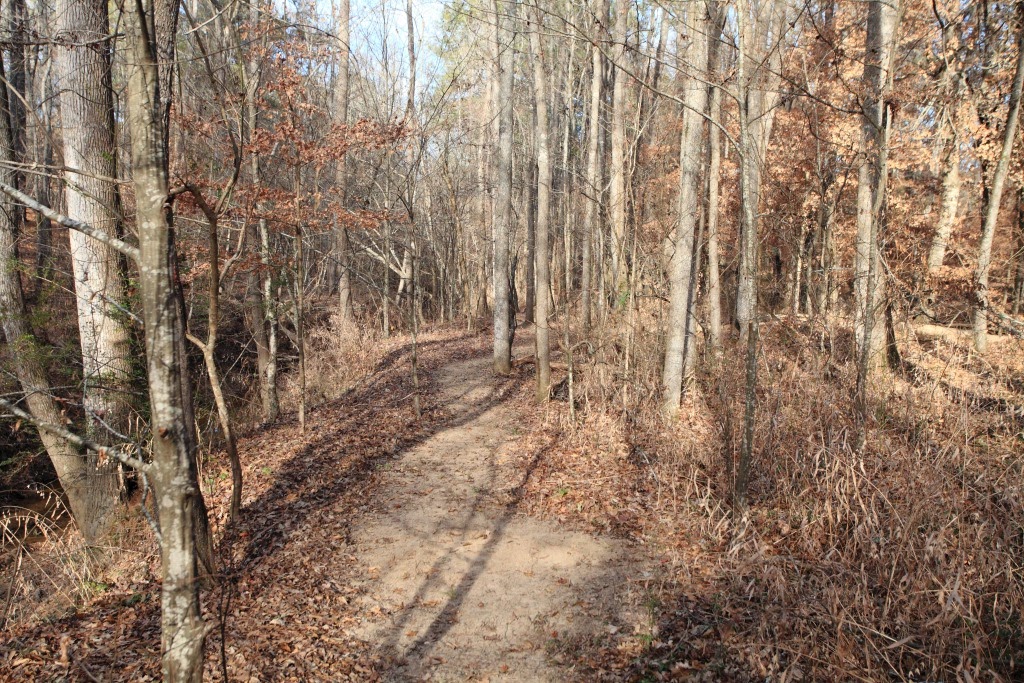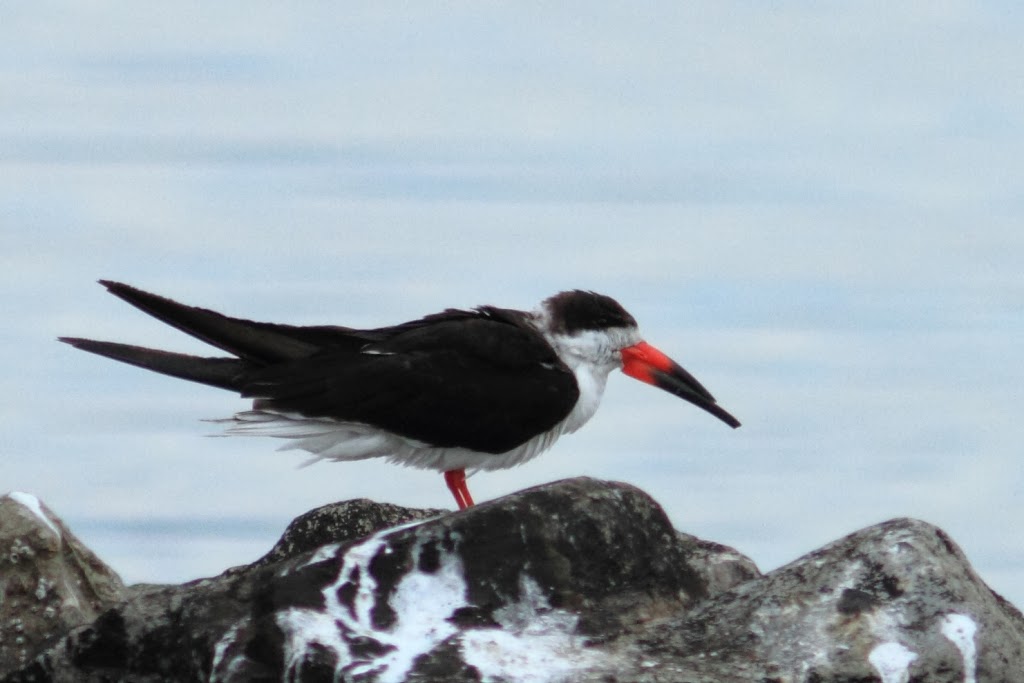The North American cold front reached all the way to the Gulf of Mexico. By the time it got to Florida, the freezing cold and snow had warmed to clouds and cold rain. You could tell it was going to rain all day.
We did a quick tour of the nearby Fort Pickens. This was one of four civil war forts that protected Pensacola Harbour. By quick tour, I mean that Emma read in the RV while I hustled around the fort.
We had a nice walk along the banks of the spring-fed river but no Manatees appeared. We were also on the lookout for Red-cockaded Woodpeckers, but they were in hiding as well. Once we were through Tallahassee, we headed straight south looking for sunny weather.
January 28
We stopped for a visit at the Manatee Springs State Park. With a name like that we figured out chances of seeing the beasts was good. No luck on the Manatee front, but the park was nice and we got out first taste of a Bald Cypress forest.
Manatee Springs State Park
Grey Squirrel
Armadillo
Hundreds of Turkey and Black Vultures were roosting in the trees.
Bald Cypress Forest
Manatees need the water temperature to be above 70 degrees or they get hypothermia. The spring-fed Florida streams have water coming out at 75 degrees so these locations are attractive to Manatees when the Gulf of Mexico cools off in the winter. Unfortunately, the only aquatic life was one Double-crested Cormorant and a turtle.
Double-crested Cormorant
The Manatee Springs flow a short distance and empty into the Swannee River.
Boat-tailed Grackle
January 29
We started the day with a 6 km walk around Cedar Key Scrub State Preserve. This landscape is specifically maintained to provide habitat for the elusive and endangered Florida Scrub Jay. This species is the only endemic bird specific to Florida. It requires low-lying sand scrub terrain with a few trees sprinkled about. However, 50 years of fire suppression have prevented scrub terrain from being regenerated by forest fires. Now, efforts are being made to re-establish this specific habitat by allowing controlled burns.
We had an enjoyable hike through the scrub terrain, but the elusive Florida Scrub Jay was nowhere to be seen. Carrying on, we arrived at Homosassa State Park late in the day. The prospects of seeing wild manatee rated to be pretty good, so we camped at a nearby RV site for the night.
January30
First thing in the morning, we stumbled across a Wood Stork feeding in a ditch beside our campsite. This bird was a lifer sighting for me. It looked to be the start of a good day.
72) Wood Stork
Homosassa State Park was pretty cool, with a nice forested area that led into the warm water spring that attracts Manatee in winter.
A free boat ride took us down a stream to the entrance to the hot springs. I guess hot is a relative term, as the water is only coming out of the ground at 75 degrees. However, this is warmer that the winter water temperatures in regular rivers, and warm springs are essential to keep Manatees from getting hypothermia.
Steam rising off Manatee Springs.
At first glance, the only action in the spring was a solitary Great Blue Heron.
Great Blue Heron
We consoled ourselves with reciprocal photos, then wandered around the spring and over the bridge.
...and there they were.
5] Manatee at Homosassa State Park
They were very slow moving and gentle as they wandered about the spring then slowly floated under the bridge and down the stream. They rarely came up for air, but the spring water was quite clear so they were clearly visible.
Many of the Manatee had deep propeller scares from boating collisions. These were the lucky ones as Manatee have surprisingly little blubber and don't fair well with blunt trauma.
We continued around this special park and saw several other animals and birds.
Great Egret
73) Wood Ducks
Yellow-rumped Warblers were about in large numbers.
74) White Ibis were also plentiful and easy to approach.
We didn't make a lot of miles that day but we have a lot of memories.

































































